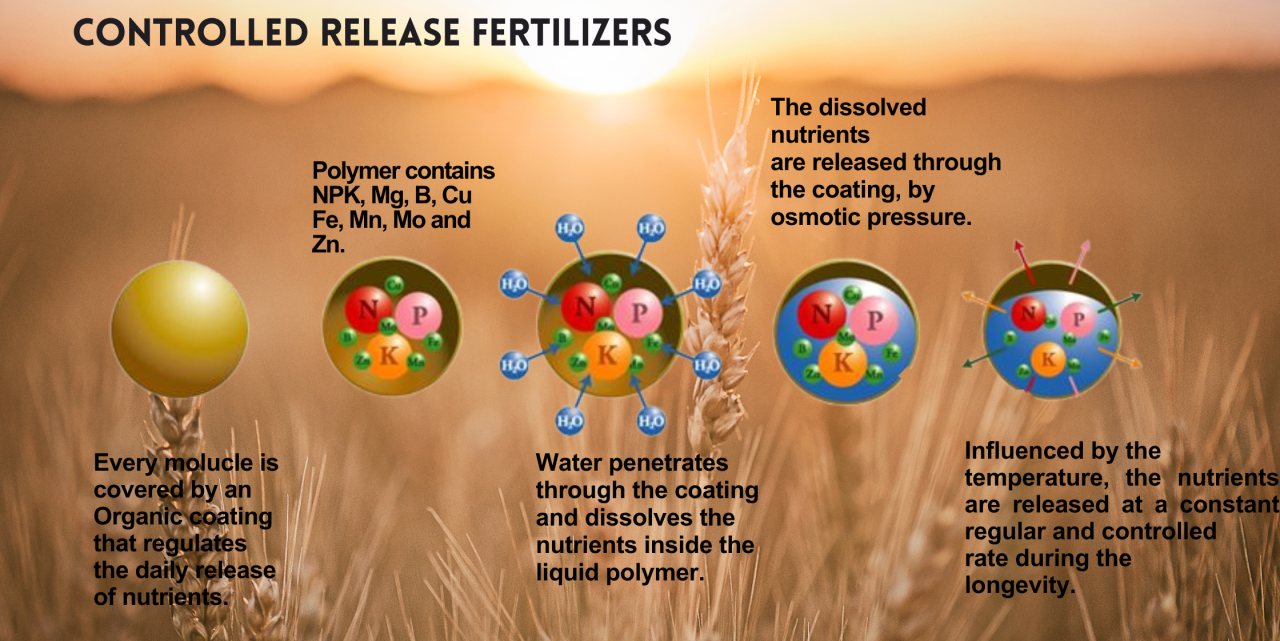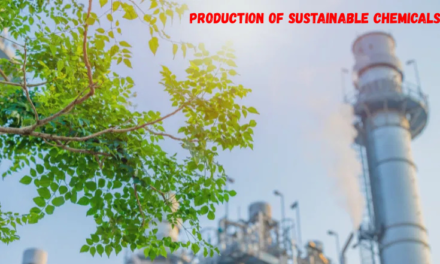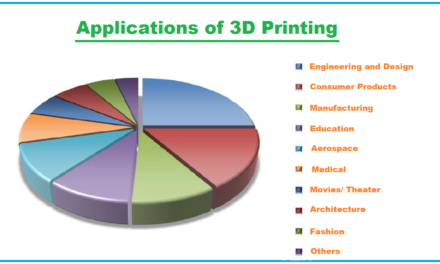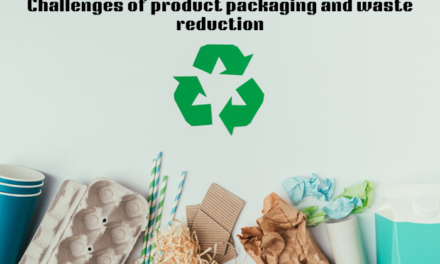Controlled-release fertilizers (CRFs) play a crucial role in sustainable farming by enhancing nutrient use efficiency, reducing environmental impact, and promoting long-term soil health. These fertilizers release nutrients at a controlled rate, matching the nutrient uptake needs of plants over time. Here’s how CRFs contribute to sustainable farming:
1. Improved Nutrient Use Efficiency
- Reduced Nutrient Loss:
- CRFs minimize losses through leaching, runoff, and volatilization by gradually releasing nutrients.
- Example: Nitrogen release is synchronized with plant growth stages, ensuring efficient uptake.
- Consistent Nutrient Supply:
- Continuous nutrient availability prevents deficiencies and optimizes crop growth.
2. Reduced Environmental Impact
- Lower Greenhouse Gas Emissions:
- CRFs reduce nitrous oxide emissions by controlling the release of nitrogen, particularly in waterlogged or compacted soils.
- Prevention of Water Pollution:
- Controlled-release formulations prevent excess nutrients from entering water bodies, mitigating eutrophication risks.
- Impact on Soil Health:
- Reducing the overapplication of fertilizers prevents soil acidification and salinization.
3. Enhanced Crop Productivity
- Yield Stability:
- CRFs provide a balanced nutrient supply, leading to improved yields and better-quality produce.
- Stress Tolerance:
- Continuous nutrient availability helps plants withstand abiotic stresses, such as drought and heat.
- Example:
- In fruit and vegetable farming, CRFs promote uniform growth, improving marketable quality.
4. Labor and Cost Efficiency
- Reduced Application Frequency:
- CRFs require fewer applications compared to conventional fertilizers, saving labor and time.
- Lower Input Costs:
- Optimized nutrient use reduces the need for additional fertilizers, lowering overall input costs over time.
5. Types of Controlled-Release Fertilizers
- Polymer-Coated Fertilizers:
- Nutrients are encapsulated in a biodegradable polymer coating that controls release rates based on soil temperature and moisture.
- Example: Polymer-coated urea for long-term nitrogen supply.
- Sulfur-Coated Fertilizers:
- A sulfur layer around the nutrient core provides a slower release, with some formulations including polymer layers for enhanced control.
- Resin-Coated Fertilizers:
- Advanced resins regulate nutrient diffusion, allowing precise nutrient release.
- Inorganic Matrix-Based CRFs:
- Utilize inorganic materials to regulate nutrient release without synthetic coatings.
6. Contribution to Climate-Smart Agriculture
- Adaptation to Climate Variability:
- CRFs ensure steady nutrient supply even under erratic rainfall or temperature fluctuations.
- Carbon Footprint Reduction:
- Lower production and application frequency reduce the carbon footprint of farming operations.
7. Integration with Precision Agriculture
- Site-Specific Application:
- CRFs are compatible with precision farming tools, ensuring nutrients are applied where and when needed.
- IoT and Data-Driven Insights:
- Innovative farming technologies can optimize CRF use based on soil and crop data, further improving sustainability.
8. Applications in Diverse Cropping Systems
- Row Crops:
- CRFs support large-scale production of cereals, corn, and soybeans by providing sustained nutrition.
- Horticulture:
- Widely used in high-value crops like fruits, vegetables, and ornamentals for superior growth and aesthetics.
- Protected Agriculture:
- In greenhouse and hydroponic systems, CRFs reduce nutrient losses and enhance water use efficiency.
9. Challenges and Innovations
- Cost Concerns:
- CRFs are more expensive than conventional fertilizers, though long-term benefits often outweigh initial costs.
- Solution: Scaling production and using biodegradable materials are reducing costs.
- Environmental Concerns About Coatings:
- Non-biodegradable coatings can accumulate in soils.
- Solution: Innovations in biodegradable and eco-friendly coatings address these issues.
10. Policy and Industry Support
- Subsidies and Incentives:
- Governments promote CRF use through subsidies and tax incentives, encouraging farmers to adopt sustainable practices.
- Regulatory Standards:
- Standards for CRF formulation and application ensure quality and environmental safety.
- Public-Private Partnerships:
- Collaboration between industries and governments is accelerating CRF adoption in sustainable farming.
11. Long-Term Benefits
- Soil Health Preservation:
- Balanced nutrient release prevents nutrient imbalances, supporting microbial activity and soil structure.
- Resilience to Market and Climate Risks:
- Reduced dependency on frequent fertilizer applications buffers farmers against price volatility and climate unpredictability.
- Global Food Security:
- Efficient nutrient management through CRFs contributes to sustainable food production, meeting growing global demand.
12. Future Trends
- Integration with Biostimulants:
- Combining CRFs with biostimulants to enhance nutrient uptake and plant resilience.
- Smart CRFs:
- IoT-enabled CRFs with sensors for real-time monitoring and nutrient release control.
- Sustainable Coatings:
- Development of fully biodegradable coatings to address environmental concerns.
Conclusion
Controlled-release fertilizers are a cornerstone of sustainable farming, offering environmental, economic, and agronomic benefits. By improving nutrient use efficiency, reducing environmental impact, and aligning with precision agriculture, CRFs are transforming traditional fertilization practices. As innovations continue and adoption increases, CRFs will play a critical role in achieving global food security while protecting natural resources.
Hashtags
#ControlledReleaseFertilizers #SmartFertilizers #EfficientFertilization #FertilizerInnovation #PrecisionFarming #Sustainability #EnvironmentalImpact #SustainableFarming #EcoFriendlyFertilizers #ClimateSmartAgriculture #GreenFertilizers #EnvironmentalStewardship #HealthySoilsHealthyCrops #SoilHealth #CropEfficiency #SustainableSoils #SmartAgriculture #EnhancedNutrientUseEfficiency #ReduceNutrientLoss #EfficientCropGrowth #ImprovedYield #SustainableCropProduction

















